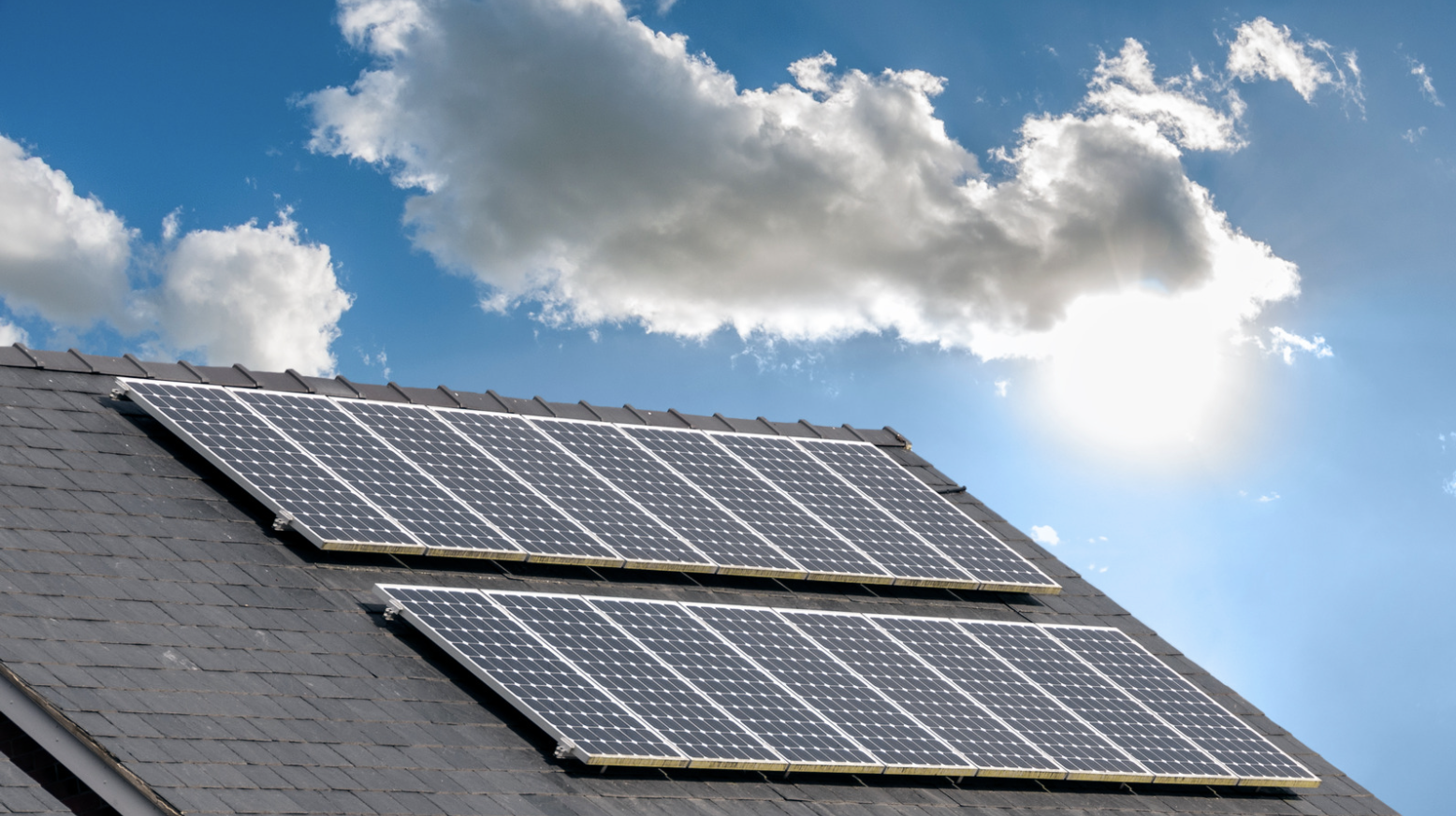Criticism has increased recently about the amount of land required for clean energy resources. This blog post examines the land use implications of various energy technologies -- particularly solar.
Bryan Jacob | February 8, 2023 | Georgia, SolarSolar projects can be small enough to fit on a rooftop; but they can also extend as far as the eye can see. Those larger projects have prompted scrutiny over how much land will be necessary for a clean energy future.

Georgia, for example, has two projects over 200 MW with another three under construction. Alabama also has an existing project over 200 MW. A 200 MW project is under construction in Mississippi, as well; and the largest solar project in the Southeast (to date), 254 MW, is under construction in Tennessee. Those sites range from 1,400 acres to 3,000 acres.
Projects in Florida are effectively limited to 75 MW each, but the state already has over fifty solar projects of that scale. And Florida Power and Light has announced a plan (RealZero) calling for 90,000 MW of solar by 2045. Assuming 5 acres per MW, that could occupy 1.3% of Florida’s 34.7 million acres.
Some contend that solar takes up far more space than other power generation technologies – the research shows otherwise
As Solar Energy Industries Association (SEIA) points out referencing research from the National Renewable Energy Laboratory, “the entire U.S. could be powered by utility-scale solar occupying just 0.6% of the nation’s land mass.” That’s around 11 million acres overall. But how should we gauge if that’s too much?
Considering the fuels for other technologies is instructive for comparison. Upstate Forever, an organization that SACE often partners with for regulatory dockets in South Carolina, published an interesting comparison in 2019: “Solar and Land Use: It’s Complicated” That analysis concluded that “when you account for the infrastructure needed to support a traditional power plant, it is nearly equal to solar power land use.”
My fellow Atlantan, Bill Nussey of Freeing Energy, published similar analysis and added a time dimension, as well. “When It Comes To Land Impact, Does Solar, Wind, Nuclear, Coal, Or Natural Gas Have The Smallest Footprint?” His conclusion: “if you measure that same land over your lifetime, an acre of solar can generate 25 GWh of electricity, more than an acre of nuclear or coal!” See table below:

Solar Can Actually Improve Site Conditions
There are things that can be done to reduce the impact from those solar acres throughout the projects’ operating lives, as well. In 2020, SolSmart published “Land Use Considerations for Large-Scale Solar,” which provided recommendations ranging from stormwater control to vegetation management. SolSmart is led by the Interstate Renewable Energy Council (IREC) and the International City/County Management Association (ICMA).
Other practices can actually improve site conditions during the life of the solar project. Nashville, Tennessee-based Silicon Ranch worked with Georgia-based White Oak Pastures to pioneer Regenerative Energy which can “revitalize soils, restore grassland ecosystems, increase biodiversity, sequester carbon, and improve water quality.” Many projects across the Southeast are implementing those principles.
Consider the Opportunity Cost
Solar projects are also being sited on land that may not be suitable for other development, thus limiting any detrimental land-use impacts. For instance, here in Georgia, The Ray pilot tested solar on an Interstate right-of-way. Similarly, up to 63 GW of solar could be accommodated on closed landfills (“brightfields”) in the USA, according to RMI. And some solar doesn’t need to be on land at all. Orlando Utilities Commission has tested floating solar (“floatovolatics”) on a retention pond.
Bloomberg provided an enlightening illustration of USA land use in 2018. A key point was that there are approximately 2 million acres of golf courses in the USA. I’m not suggesting to replace golf courses with solar farms (though there are, in fact, abandoned golf courses being repurposed for just that). Instead, I am just offering this as a data point for comparison. We are comfortable using our precious land resources for things that we want or need. And we certainly need more clean energy.
Don’t Forget About the Tremendous Potential of Our Rooftops
Utilities often characterize planning decisions as either utility-scale solar or rooftop solar. SACE has argued it’s not an “either-or” proposition, but instead we need both utility-scale solar and rooftop solar. “[T]here are over 8 billion square meters* of rooftops on which solar panels could be installed in the United States, representing over 1 terawatt of potential solar capacity.” As TIME magazine pointed out just last week, big box retailers alone represent “some 109,000 acres of prime, solar-panel-ready rooftop real estate.”
Across all of these options, there is more than enough surface area to meet our clean energy generation needs.
* 8 billion square meters is almost 2 million acres.